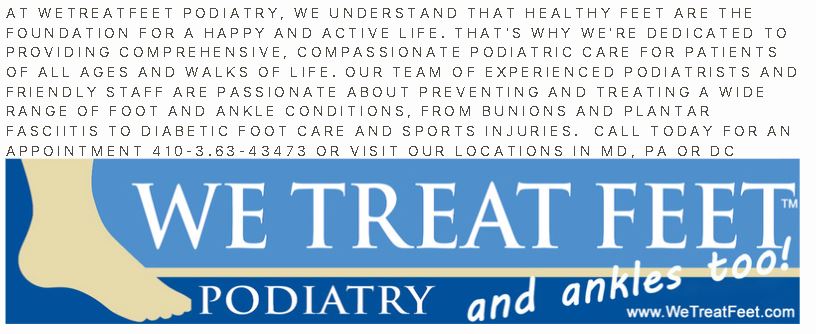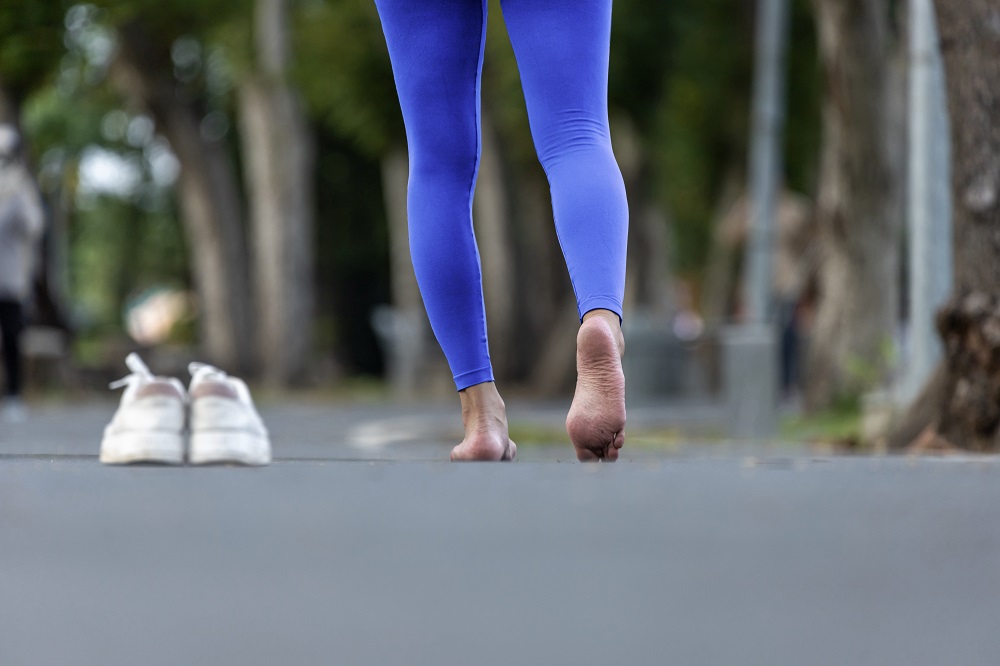
The Dangers of Barefoot Running – Increased Risk of Foot Injuries
While the minimalist trend of barefoot running has gained some traction, the experts at WeTreatFeet Podiatry strongly advise against it. Running without proper footwear significantly increases the risk of sustaining foot and ankle injuries that can sideline you for weeks or even months. #barefootrunning #footinjuries #runninginjuries
Research does suggest this can be a dangerous and harmful activity.
Lack of Cushioning and Support
The main issue with barefoot running is the complete lack of shock absorption and arch support that proper running shoes provide. The repetitive pounding on hard surfaces like concrete or asphalt can lead to:
- Plantar fasciitis – Inflammation of the thick band of tissue connecting the heel to the toes.
- Heel spurs – Bony projections that develop on the heel bone.
- Metatarsalgia – Pain and inflammation in the ball of the foot.
- Stress fractures – Hairline fractures in the bones of the feet and legs caused by repetitive forces.
Wearing cushioned shoes designed for running is crucial to disperse these forces and prevent overuse injuries. #noshoes #overpronation #footpain
Increased Risk of Cuts, Bruises and Debris Impacts
Beyond the lack of cushioning, running barefoot leaves your feet completely exposed and vulnerable to:
- Cuts from glass, rocks or other sharp objects
- Bruises from striking obstacles on the ground
- Lodged debris like pebbles or splinters penetrating the skin
A good pair of running shoes with durable soles protects against these types of injuries that can easily occur when barefoot. #cutsandblisters #footwounds #runnershoes
Loss of Traction and Instability
The grooved treads on the soles of athletic shoes provide crucial traction that bare feet simply can’t match. Barefoot running increases the risk of:
- Slips and falls on wet or uneven surfaces due to poor grip
- Ankle sprains from unstable footing
- Poor shock absorption leading to jarring impacts
The added traction, lateral support and shock absorption from proper footwear is essential for safe and stable running. #runnersafety #anklesprains #slipandfalls
Increased Strain on Calf Muscles and Achilles Tendon
When running barefoot, people tend to land more on the forefoot and adopt an unnaturally flexed foot position. This can overstress the:
- Calf muscles
- Achilles tendon
- Plantar fascia band
Leading to overuse injuries like calf strains, Achilles tendinitis and aggravated plantar fasciitis. Supportive running shoes allow for a more natural, low-impact stride. [Internal link to /Achilles-tendinitis/]
#calffatigue #tendinitis #overstride
Why Running Shoes Are Absolutely Necessary
Running shoes are designed specifically to support and protect your feet during the repetitive pounding of running. They provide:
- Cushioned midsoles to absorb shock and reduce impact forces
- Stable base to promote natural foot motion
- Durable outsoles to grip surfaces and prevent slips
- Breathable uppers to keep feet cool and dry
- Motion control features to limit overpronation
Trying to run without these vital features puts immense stress on the bones, tendons, and muscles of the feet and legs. Investing in a quality pair of running shoes is essential to avoid injuries.
The Bottom Line – Barefoot Running Is Unsafe and Ill-Advised
While the bare foot running trend has its advocates citing potential benefits, the medical professionals at WeTreatFeet strongly caution against it due to the significantly heightened risk of injuries.
Proper running shoes are an absolutely essential piece of equipment to ensure:
- Cushioning to absorb repetitive impacts
- Lateral support and stability
- Traction to maintain solid footing
- Protection from debris, cuts and bruises
Don’t put your feet at risk – invest in a quality pair of running shoes designed for your gait and running style. Your feet will thank you!

#rundangersafely #runnershoes #gaitanalysis #customorthotics




